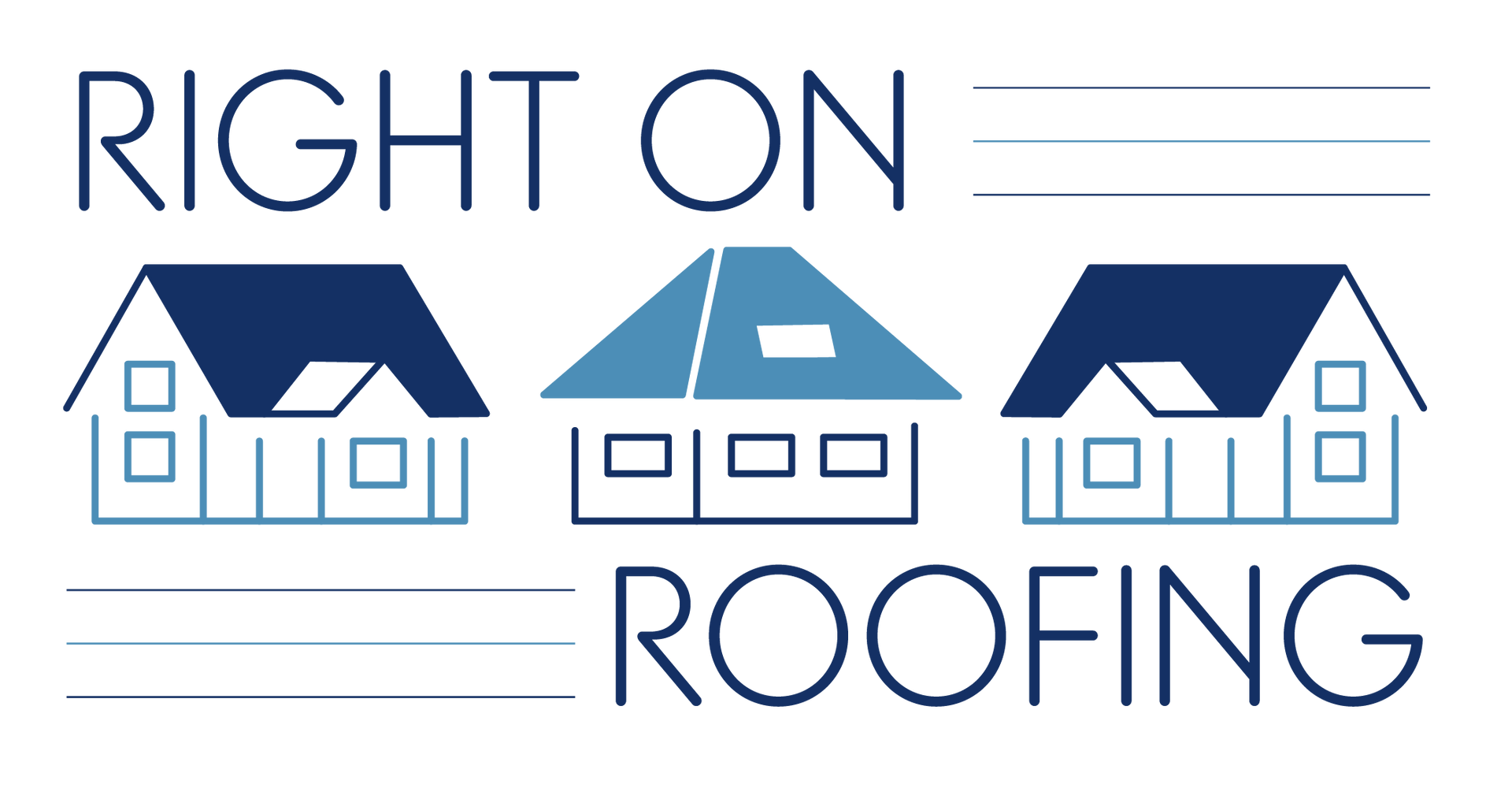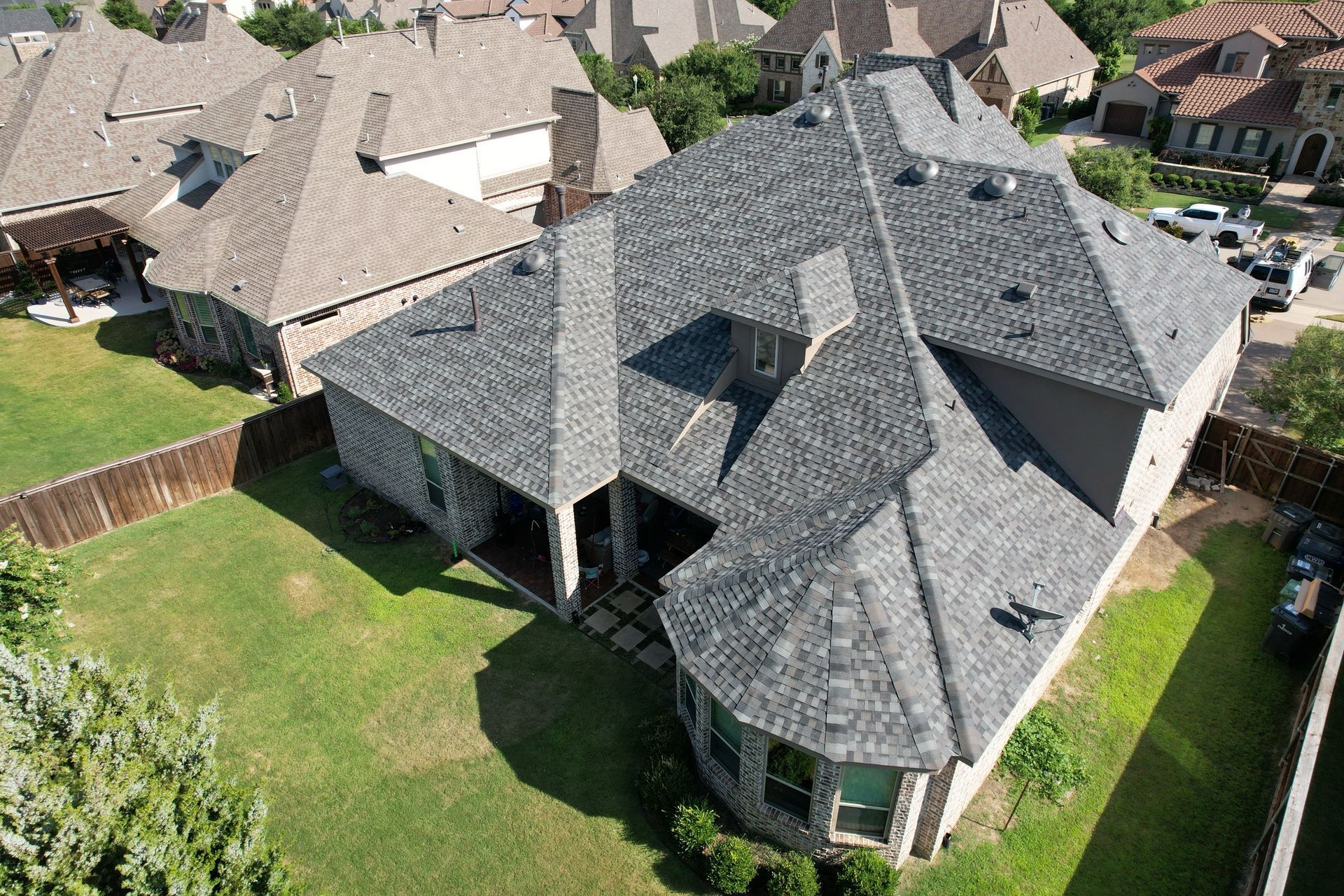Get in touch
555-555-5555
mymail@mailservice.com
Fall Roof Maintenance
Brooke Douglas • September 9, 2024
Preparing Your Roof for the Colder Months

As the crisp air of fall begins to settle in, it's the perfect time to focus on preparing your roof for the upcoming winter. Fall is a critical season for roof maintenance because it allows you to address any issues before the harsh winter weather arrives. Taking the time to inspect and care for your roof in the fall can prevent costly repairs and ensure your home is well-protected during the colder months.
One of the most important tasks during fall roof maintenance is clearing away debris. Leaves, twigs, and other materials can accumulate on your roof and in your gutters, leading to clogs that can cause water to back up and potentially create leaks or ice dams. Make sure to thoroughly clean your gutters and downspouts to ensure that water flows freely away from your home. This will help prevent water damage and reduce the risk of ice buildup when temperatures drop.
In addition to cleaning your gutters, it’s essential to inspect your roof for any signs of damage or wear. Pay close attention to the condition of your shingles—look for any that are cracked, curling, or missing. Damaged shingles can allow water to seep into your home, leading to leaks and further damage. Replacing or repairing any compromised shingles before winter arrives is crucial to maintaining the integrity of your roof.
Another key area to check is the flashing around your roof’s vulnerable points, such as chimneys, vents, and skylights. Flashing is designed to seal and protect these areas from water infiltration, but it can become loose or deteriorate over time. Inspect the flashing to ensure it’s securely in place and free of cracks or gaps. If you notice any issues, have them repaired promptly to prevent water from seeping into your home during winter storms.
Fall is also an excellent time to assess your attic insulation and ventilation. Proper insulation helps keep your home warm in the winter by preventing heat from escaping through the roof. Adequate ventilation is equally important, as it allows moisture to escape from the attic, reducing the risk of mold growth and ice dam formation. If you notice any signs of inadequate insulation, such as uneven temperatures in your home or unusually high heating bills, consider adding more insulation to keep your home energy-efficient and comfortable.
Lastly, consider trimming any overhanging tree branches near your roof. Heavy branches can break under the weight of snow and ice, potentially causing significant damage to your roof. By trimming them back in the fall, you can minimize the risk of branches falling onto your roof during winter storms.
By taking these proactive steps in the fall, you can ensure that your roof is in optimal condition to withstand the challenges of winter. Regular fall maintenance not only protects your roof but also helps extend its lifespan, saving you money in the long run. If you’re unsure about any aspect of roof maintenance or spot signs of damage, don’t hesitate to contact a professional roofing contractor to assess your roof and provide the necessary repairs. Preparing your roof in the fall means peace of mind when winter arrives, knowing your home is well-protected against the elements.

By Jason Hicks
•
January 10, 2025
Ice damming occurs when snow on a roof melts, usually due to heat escaping from the attic or an unevenly heated roof and then refreezes at the eaves (the edges of the roof). This creates a "dam" of ice that prevents additional melting snow from properly draining off the roof. Instead, the water pools behind the ice dam and can seep under shingles, potentially causing roof leaks, water damage, and even structural problems. Here's a breakdown of the process: Snow Accumulation: Snow builds up on the roof during a winter storm. Melting: Warm air inside the attic or heat from the sun causes the snow to melt at the higher, warmer parts of the roof. Refreezing: As the melted snow flows down the roof, it reaches the colder eaves or edges of the roof where it refreezes, forming an ice dam. Water Pooling: The ice dam blocks further melted snow from draining, causing water to pool behind it. Leakage: Over time, this pooled water can work its way under the shingles, potentially penetrating the roofing underlayment and causing leaks inside the home. Potential Consequences of Ice Damming Roof Damage: Water infiltration can rot roof decking and compromise the roof structure. Gutter Damage: Ice dams can weigh down and damage gutters. Interior Water Damage: Water may seep into walls, ceilings, and insulation, leading to stains, mold, and structural issues. Preventing Ice Damming Proper Insulation: Ensure the attic is well-insulated to keep heat from escaping and warming the roof. Ventilation: Adequate attic ventilation helps maintain a consistent roof temperature. Snow Removal: Safely remove snow from the roof using tools like a roof rake to minimize melting and refreezing. Ice and Water Shield: Install an ice and water shield membrane under the shingles, especially at the roof edges. Heating Cables: Use electric heating cables along the eaves to prevent ice from forming. Addressing ice damming early can help protect the roof and avoid costly repairs.

By Jason Hicks
•
December 17, 2024
Is your roof ready for the seasons ahead? A little maintenance goes a long way in protecting your home and saving on costly repairs. ✅ Call us for a FREE inspection today! 📞 214-585-7391 Make sure to: ✔️ Clear debris from your roof ✔️ Fix damaged shingles & flashing ✔️ Clean gutters ✔️ Trim overhanging tree branches Don't wait until small issues turn into big problems. Let Right On Roofing take care of your home! #RoofMaintenance #HomeCare #RightOnRoofing #FreeInspection #ProtectYourHome #RoofingExperts





